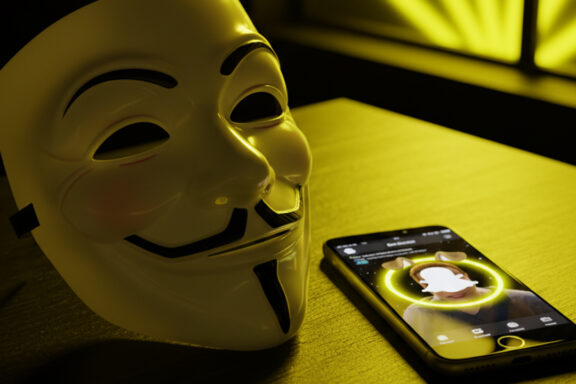Wondering how to convert slides to digital? Well, you obviously need the right equipment and software. However, a lot goes into converting slides into digital images, from cleaning the slides to making color corrections to the scans to storing the slides. Read on to discover tips on transferring slides to digital formats like a pro.
How to Convert Slides to Digital
Understanding the different phases of transferring slides to digital and preparing your slides beforehand is the best way to digitize photos. It is preferable to getting low-quality images or spending hours working on an image editor correcting the scan. Below are some tips for preparing your slides before scanning, transferring them to digital images, and storing them.
Tips for Preparing Your Slides for Scanning
- Put on a pair of anti-static gloves, often made of microfiber. Find out how badly your slides are damaged and what kind of contamination is on them before deciding on a cleaning method.
- Most dust and filth can be removed with an anti-static wipe. Always use a microfiber cloth or brush to coax dust and dirt loose when cleaning by hand. You can also blow compressed air on the slides.
- Smudges on slides can be difficult to spot with the naked eye, but a scanner will reveal them all. So, ensure you wipe the surface on both sides of the slides.
- Use liquid film cleansers if you are certain of your capacity to remove the impurity without harming the film. The cleaner will soften the debris so it can be readily removed.
- If your slides have been damaged by water, clean them thoroughly to get rid of any dirt or grime. To clean the slides, hold them by their edges and give them a light rinsing under running water.
- Time to air out those slides. Put them on a clean sheet of absorbent paper with the facing up. Don’t use printed paper since the ink could transfer.
How to Transfer Slides to Digital
- Always test a couple of images before you start transferring the entire batch. Pull up some sample photographs on one of the computers before digitizing a large batch of slides or photos to ensure you obtain the quality you need.
- Dots per inch (dpi) is a common metric for comparing the technical specifications of different scans. However, a higher resolution is not always preferable. We suggest scanning 35mm slides at 3,000 DPI , which should result in a beautiful print up to roughly 13″ x 9″.
- Scratches are common on slides that have been stored in a box for a long period. Digital ICE, a scratch minimization technique built into most high-end scanners, is one automated solution to this problem. Scratches may be edited out of scanned photographs automatically, but sometimes it’s necessary to do it manually using Photoshop or another photo editing software.
- Scan your old slides and give them a makeover with some color correction and restoration. The scanning software that comes standard on most modern computers has built-in tools to fix color changes and fading that you can use for color corrections.
- The finished scan can be further improved with image editing software like Photoshop if that’s what’s required. Removal of red eye in digital photographs is one example of the problems that can be remedied with retouching.
Tips for Storing Slides
- If your slides are housed on carousels, begin by returning them to the rolls or slideshows they originally belonged to. You’ll be ahead of the game if your slides are organized by the roll and stored in boxes.
- Slides should then be placed in plastic sleeves in standard 3-ring binders for long-term storage. Up to twenty slides can be displayed on a single sheet.
- Now we need to attach labels to the sheets. Given the content of each page, you can assign labels based on location, time period, subject matter, or anything else that makes sense.
- For added protection, the binders can be placed in acid-free archival boxes to help prevent degradation.
Digitize Photos with Smooth Photo Scanning for Best Results
Now you know how to convert slides to digital formats at home. However, despite your best efforts, you may not get the best results professionals can achieve. Therefore, choose Smooth Photo Scanning if you want the best quality and cost-effective images.
Thanks to their professional slide scanning service, you can have faith that your most treasured memories will last a lifetime. They can digitally clean and restore your 35mm by scanning them and applying their proprietary Digital ICE Technology. They also work with 126 and 127 slides. These slides are a variant of the standard format that can present scanning challenges. However, they are prepared to bring them back to life with their expertise and tools. Additionally, they are experts at scanning 3D Stereo slides and medium format slides.
Smooth Photo Scanning handles slides with care as they bring your many precious moments to life in digital formats. If you are looking for the best way to digitize photos, contact them today at (973) 510-0818 to explore your options and get a free quote.




No Comments